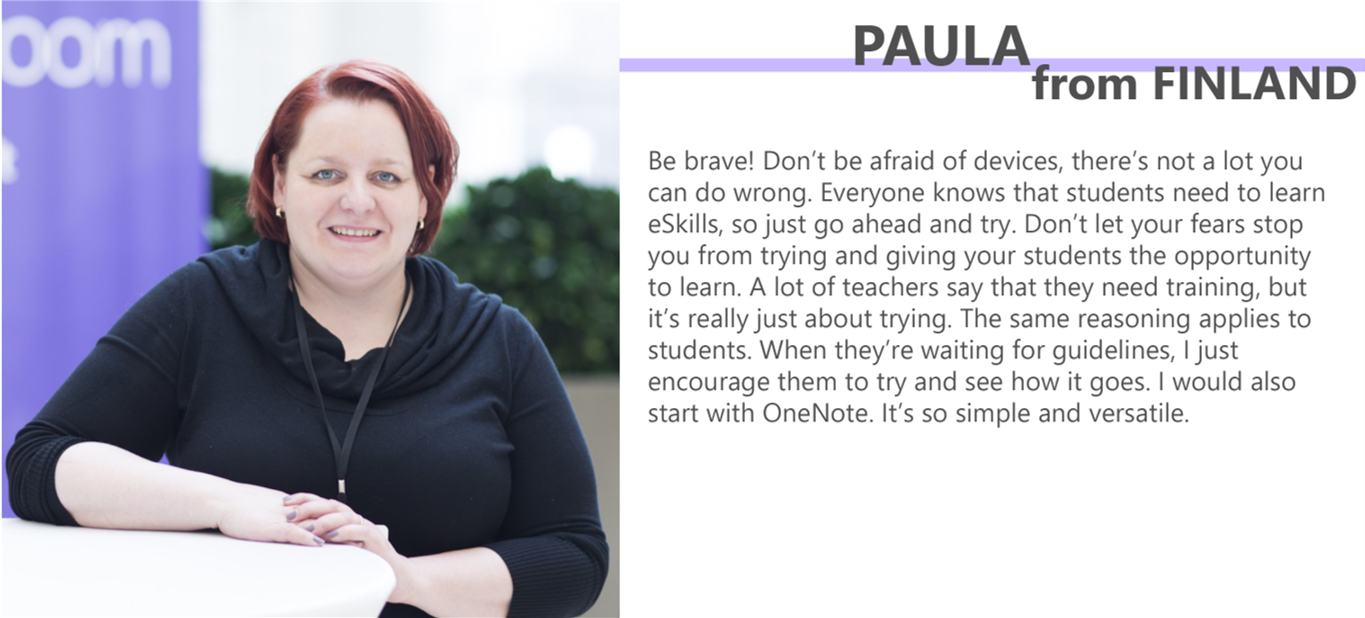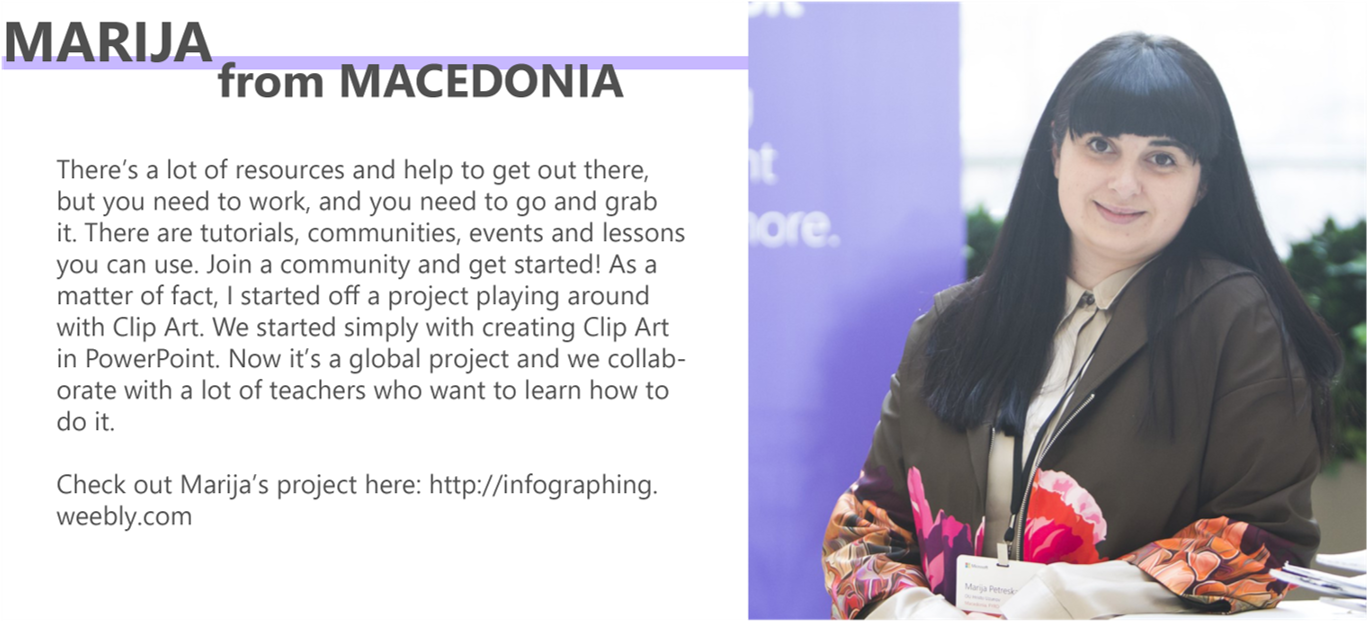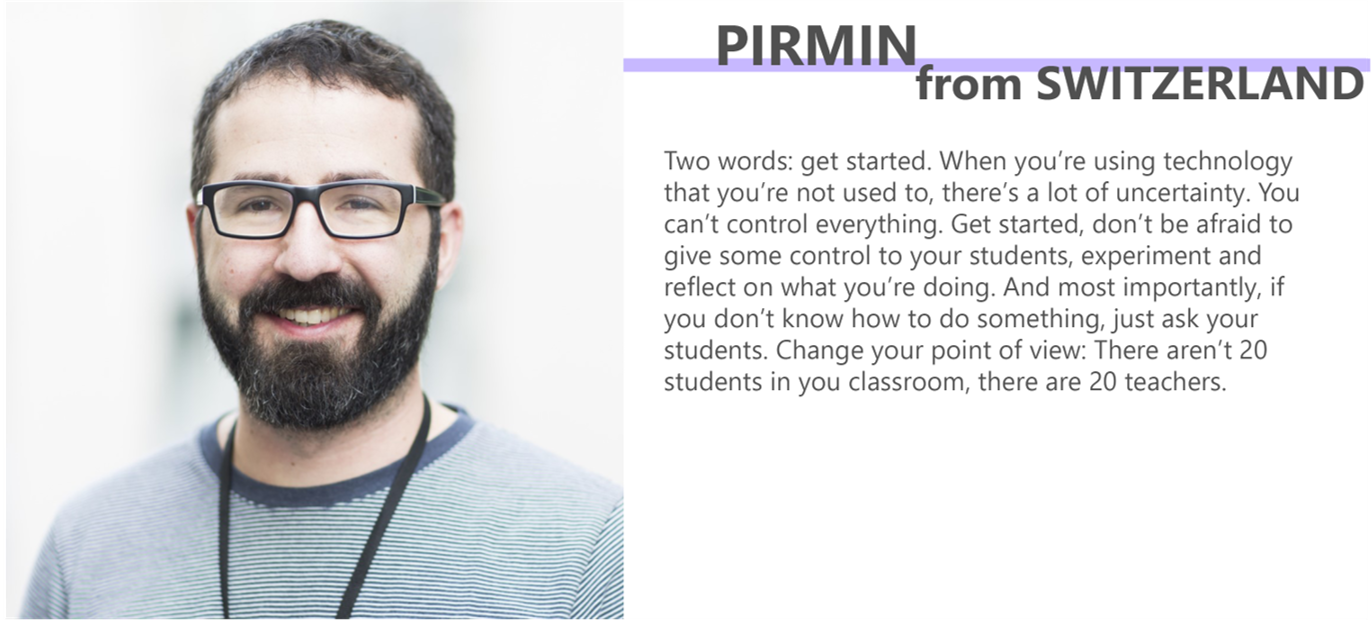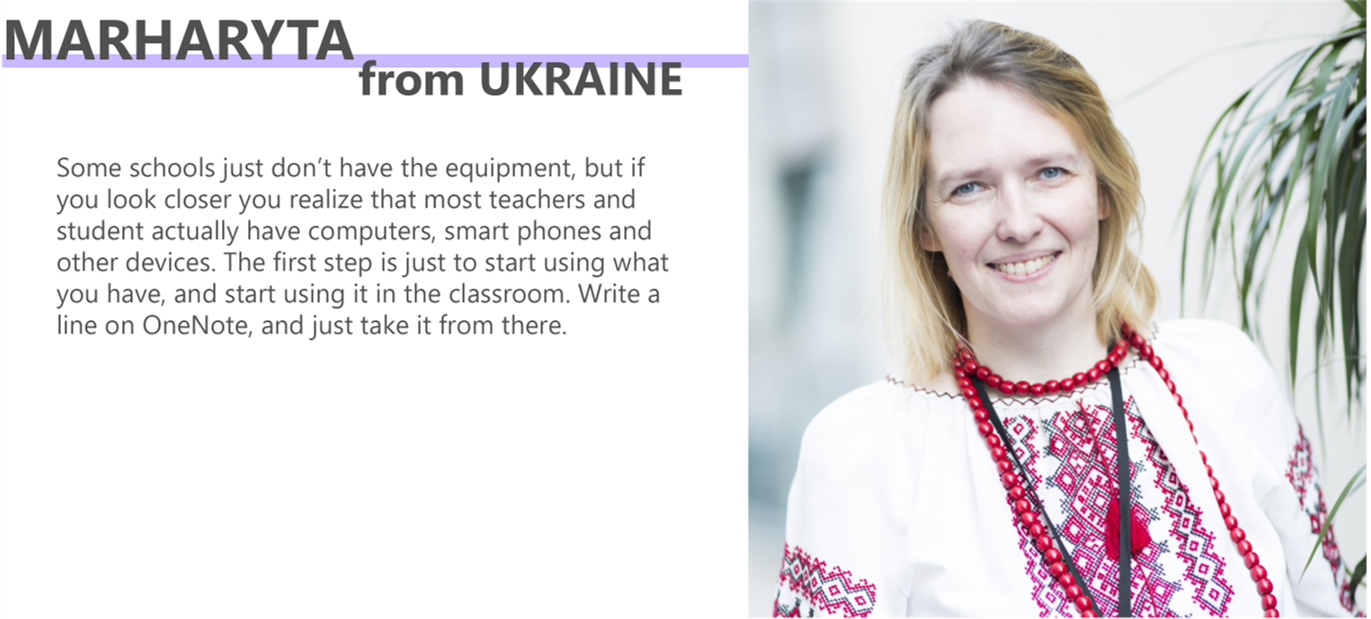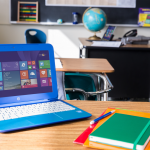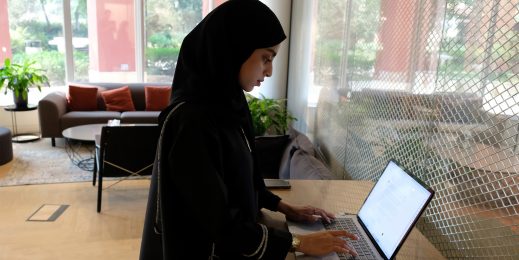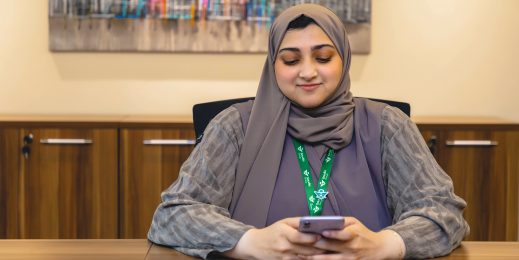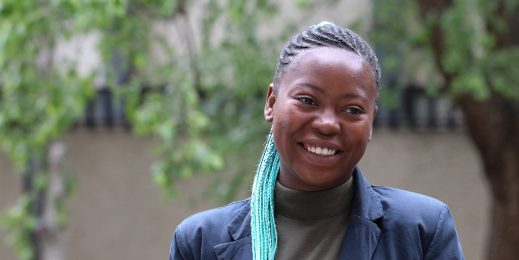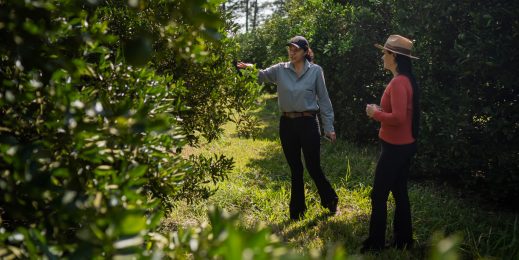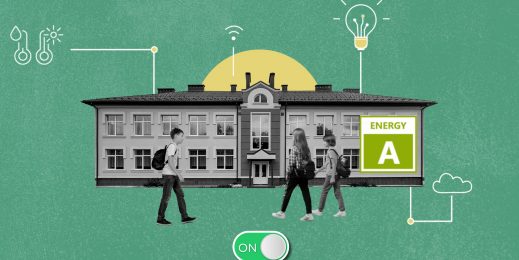
Teacher, (don’t) leave them kids alone
As the school year draws to an end, teachers and students all across Europe are getting ready for a long-awaited, well-deserved summer break. Not that long ago, this literally meant students rushing out the front doors, screaming as if life depended on it and throwing away books, notes and a whole year of meticulously labeled homework. Quite a few things have changed since then and no one’s throwing paper in the air anymore.
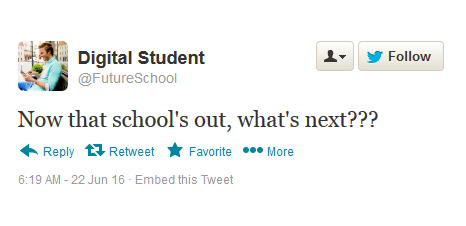
Today, as the last bell goes off, students don’t throw their tablets, smartphones and digital notes away as they log out of their classroom session. They stay connected. In the same way, teachers don’t leave their classroom, locking the door behind them —they take the classroom with them. Society as a whole is now more connected than ever before, and unsurprisingly, digital has made its way to the classroom.
.
“With the modern workplace constantly evolving, so too should our classrooms – and technology integration is absolutely crucial in this matter. I believe it has the power to tap into student potential and provide them with the tools they’ll need to be successful in our technology-centric job market.”
Anthony Salcito – Vice President, Worldwide Education
.
In the last two decades, we’ve witnessed more digital progress than ever before, and the coming years will see more innovations than we can imagine today. Truth is, we’re preparing the next generations for jobs and skills that don’t yet exist. Currently the number of digital jobs is growing by more than 100,000 per year. By 2020 there could be as many as 825,000 unfilled workplace vacancies for ICT professionals in the EU. Teaching digital skills to our students will not only set them up for the next top jobs in Europe, but also future-proof our economy and inspire a whole new generation of inventors.
With that in mind, we asked some of Europe’s most innovative teachers to tell us how they feel about technology making its way into the classroom, the way they use it, and most importantly, how they make it work. Here’s what they think.
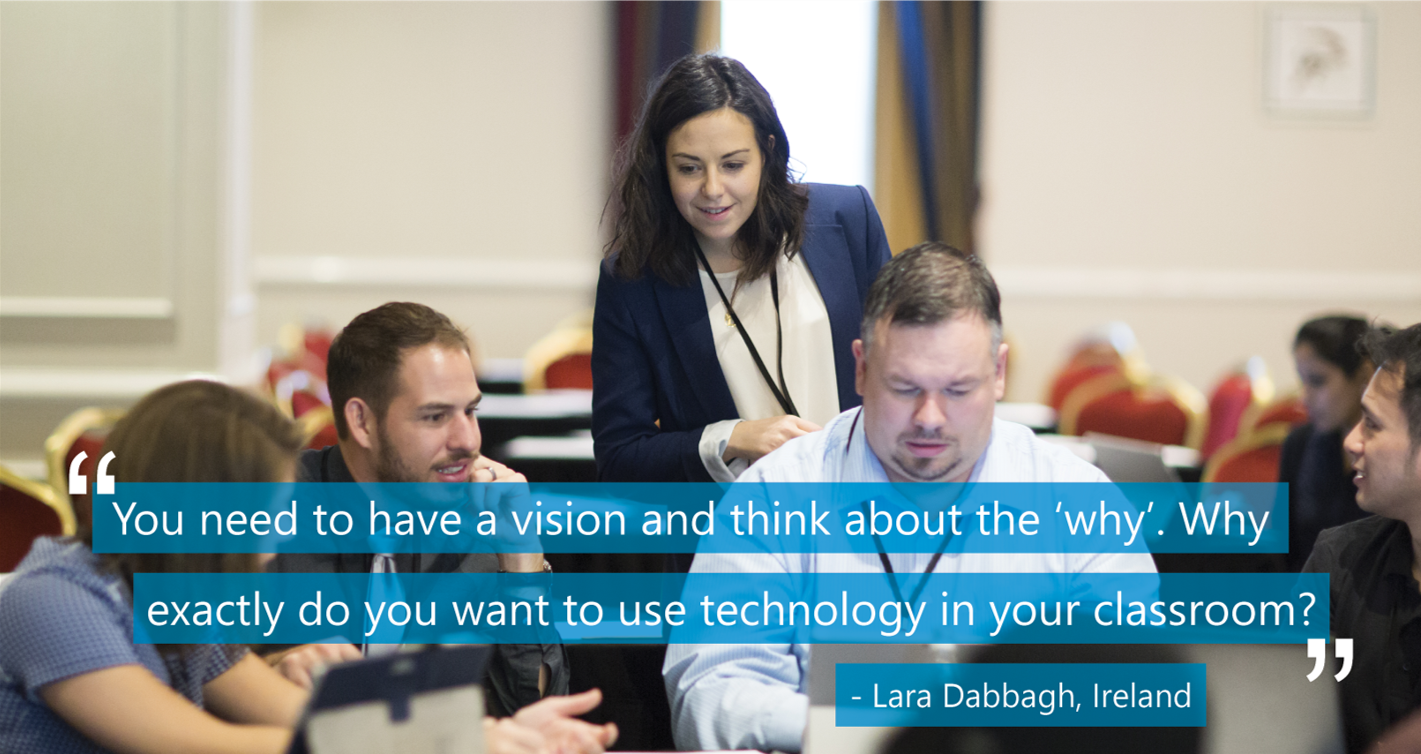
IT’S ABOUT THE JOURNEY
In a world where digital is ubiquitous and touches absolutely every area of our lives, it’s important to understand how it can be used as an educational tool in the classroom to foster meaningful learning.
As everything from the workplace to the household becomes increasingly connected and digitized, it becomes more and more important to help our youngest generations make sense of it. But it doesn’t happen overnight. The road to true education transformation – where technology and pedagogy work seamlessly and hand-in-hand – is a long one, full of twists and turns.
Technology in the classroom goes beyond just the device and, where we see the biggest impact on learning outcomes and student success, is where it is the enabler – helping students to grow the skills they need, rather than purely being used for content consumption.
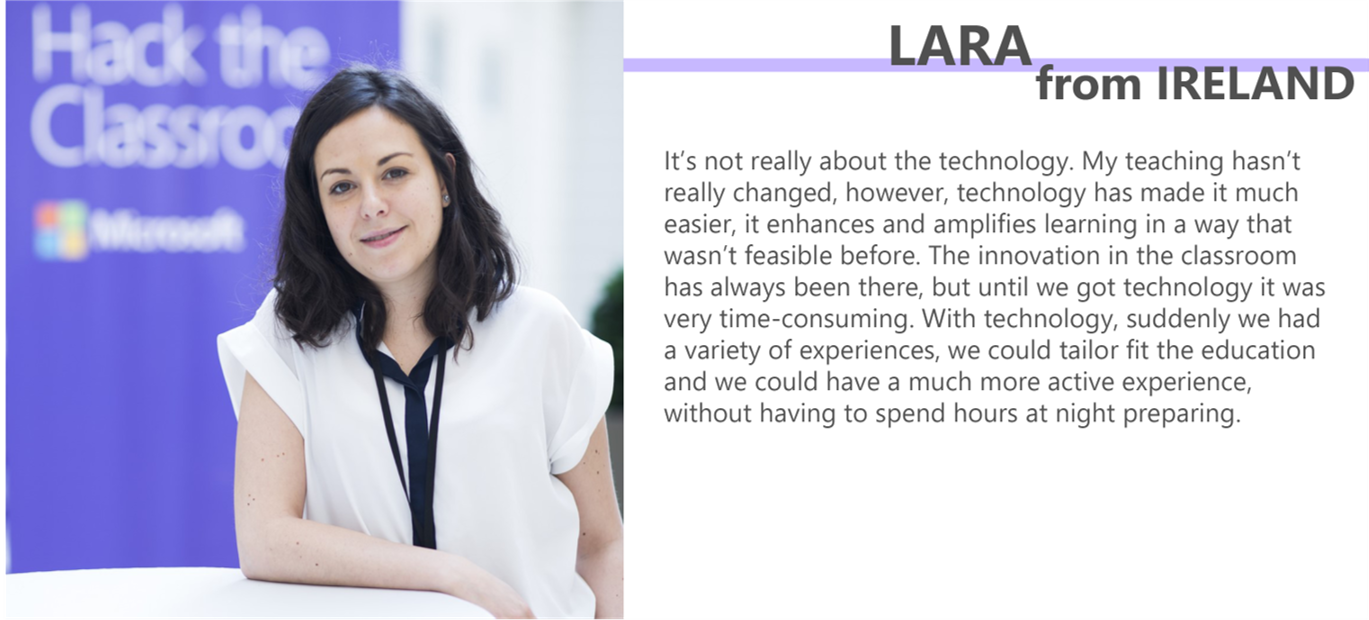
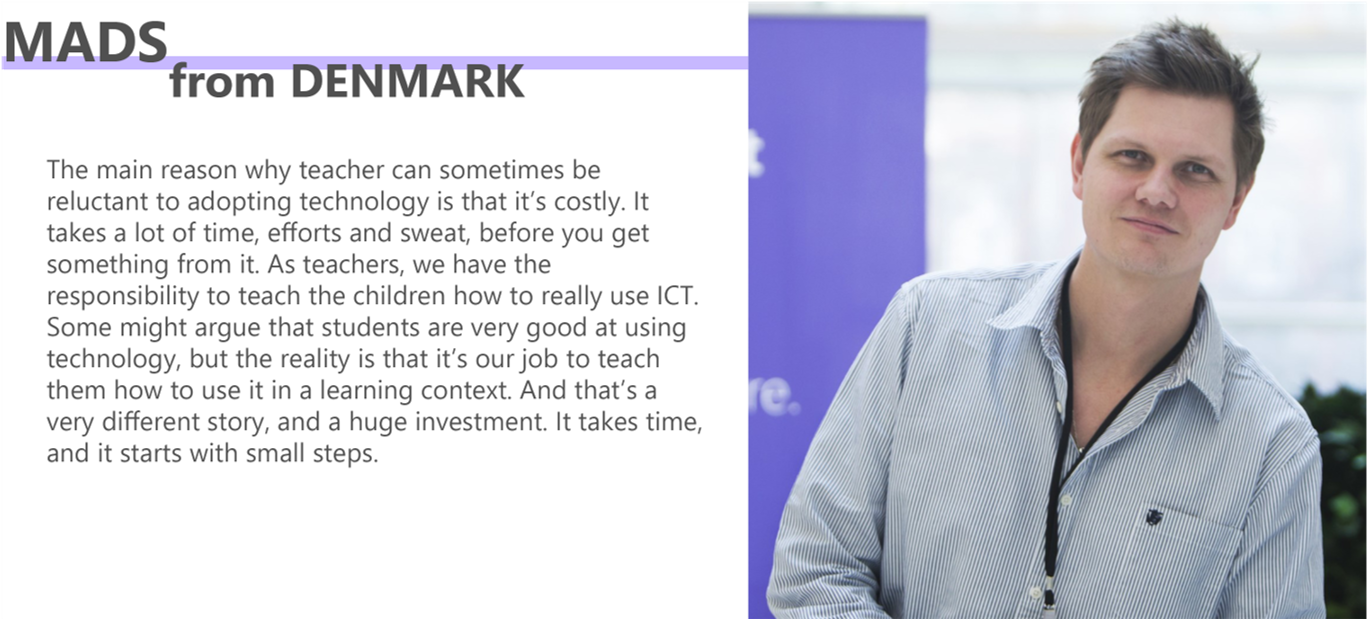
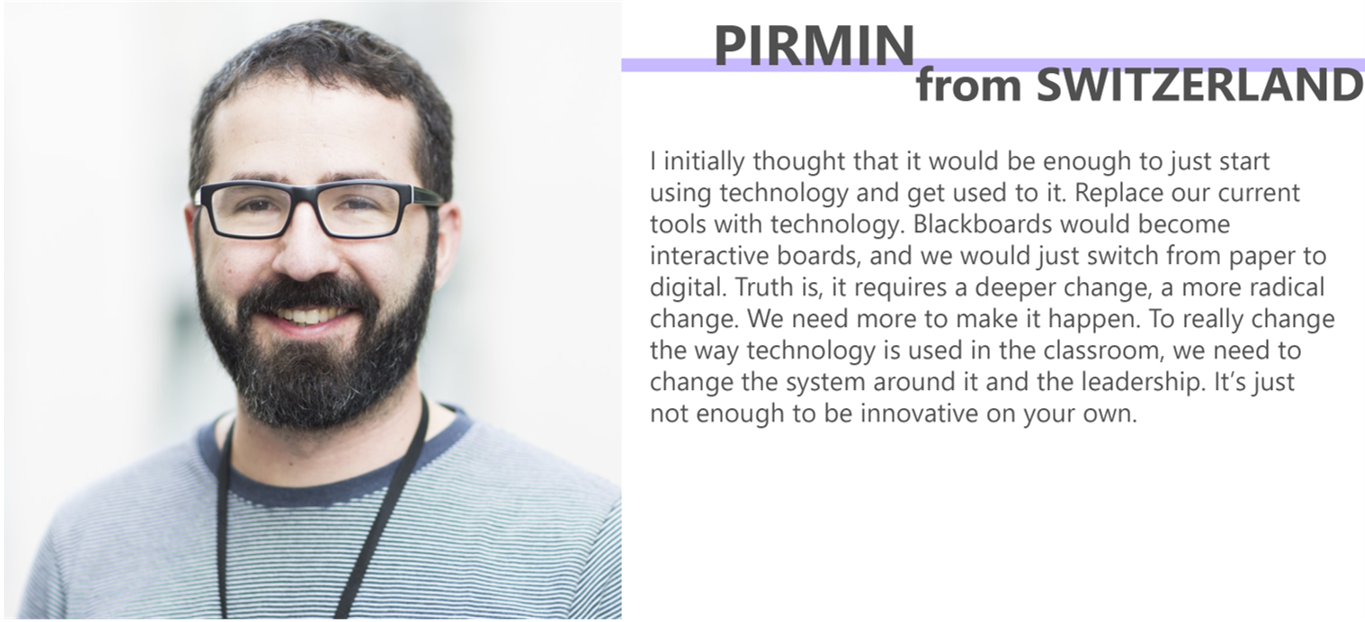
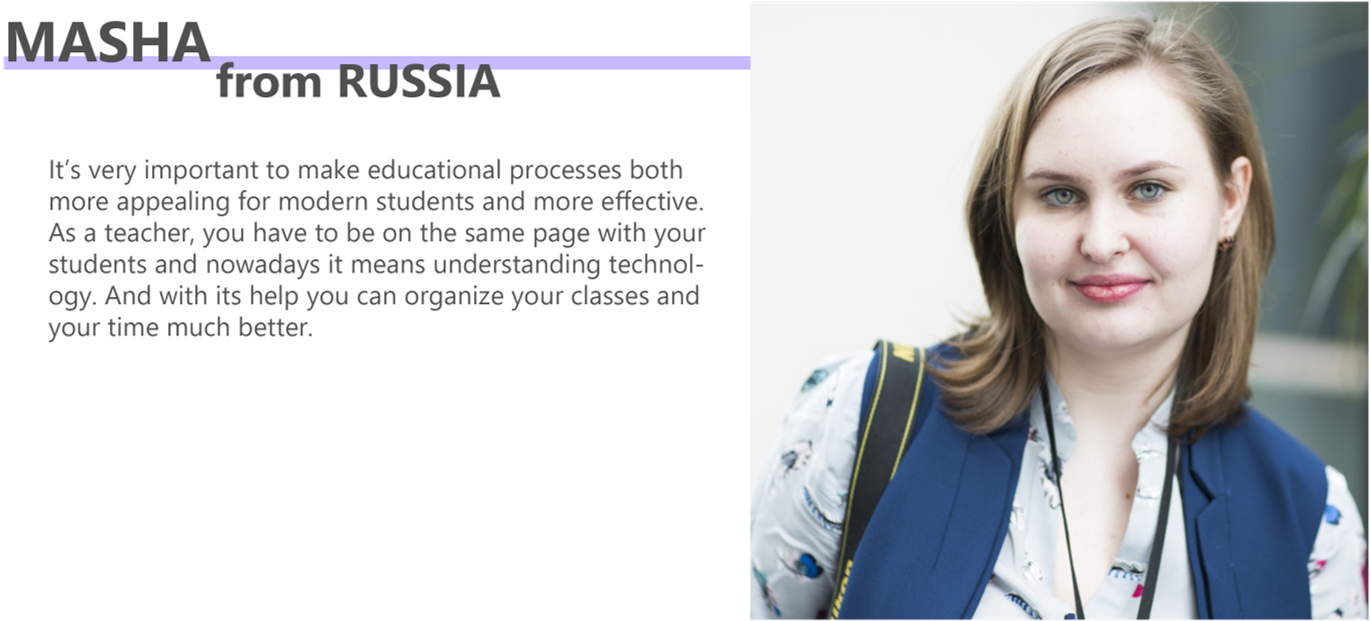
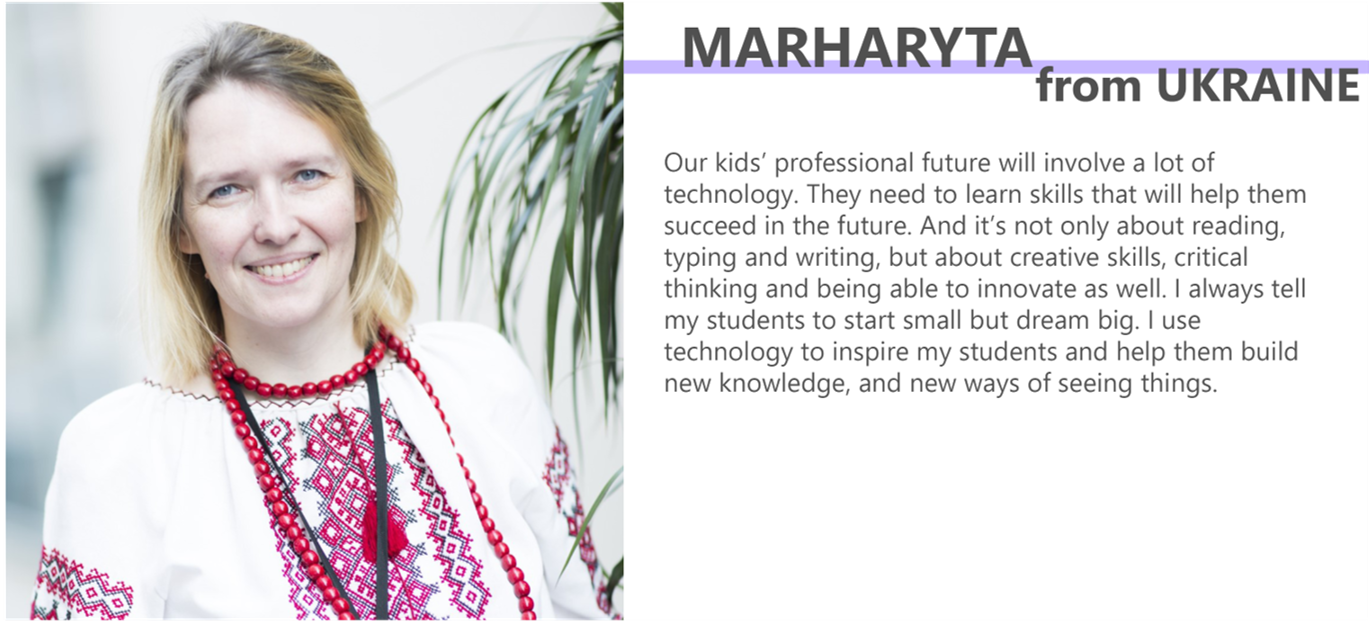
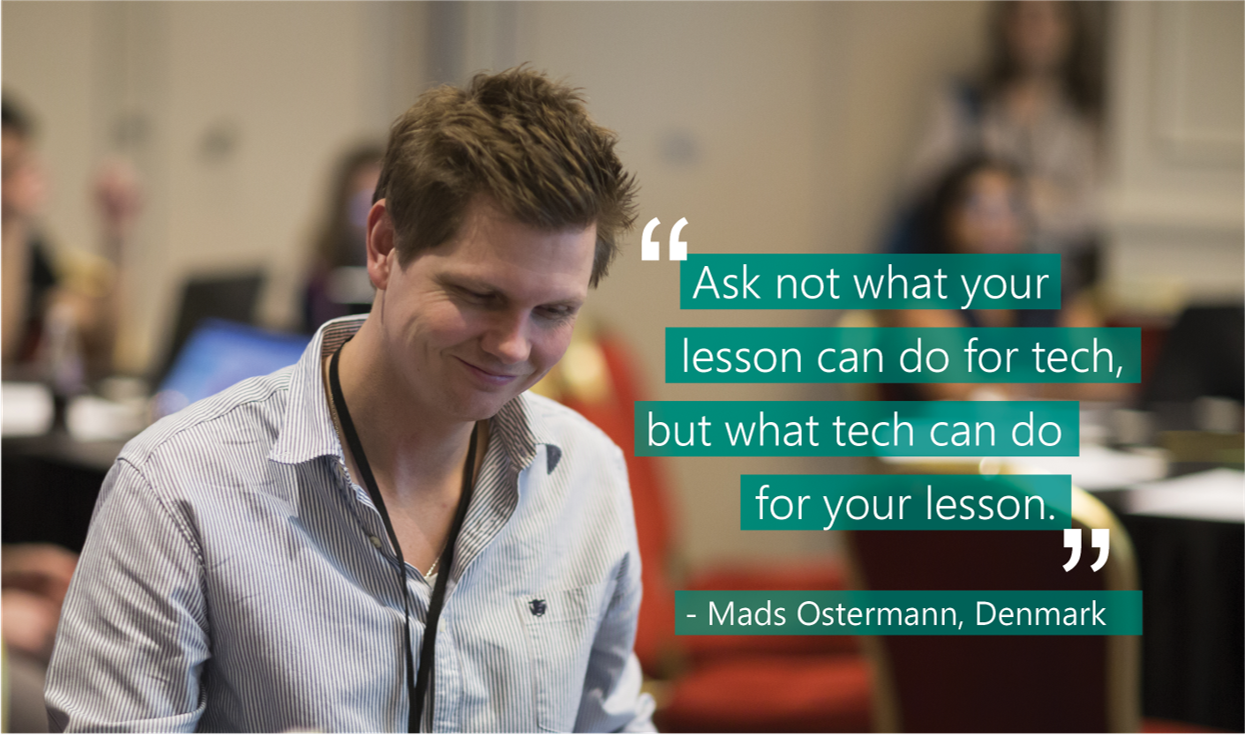
FUTURE SKILLS FOR FUTURE JOBS
By 2020, the European Commission predicts that 90% of all jobs will require some level of digital skills – and that’s not technology specialists, but everyone who works. A whole new generation of fully fledged digital natives are now looking to their teachers to prepare them for a future no one can predict. It is therefore fundamental that we equip our teachers with the right tools, mindset and approach to help them successfully prepare the next generations.
Encouraging the adoption of technologies in the classroom both empowers teachers to improve education outcomes and better adapt to the digital shift, help bridge the digital divide and, most importantly, provide students with the education they need to transition into jobs in the knowledge economy. From personalized learning to flipped classrooms, Massive Open Online Courses (MOOC) and cloud technology, we’re seeing more and more teachers harnessing the power of digital tools in education.
However, transformation comes before technology, and the real change is being driven from within, by educators seeing the opportunities to try new approaches. At the end of the day, it falls on our educator’s desks to truly transform teaching and learning, and prepare students for the future.
Tomorrow’s workers will be problem-solvers, critical thinkers, team players and creative minds. And it starts right there, in the classroom, with the teacher.

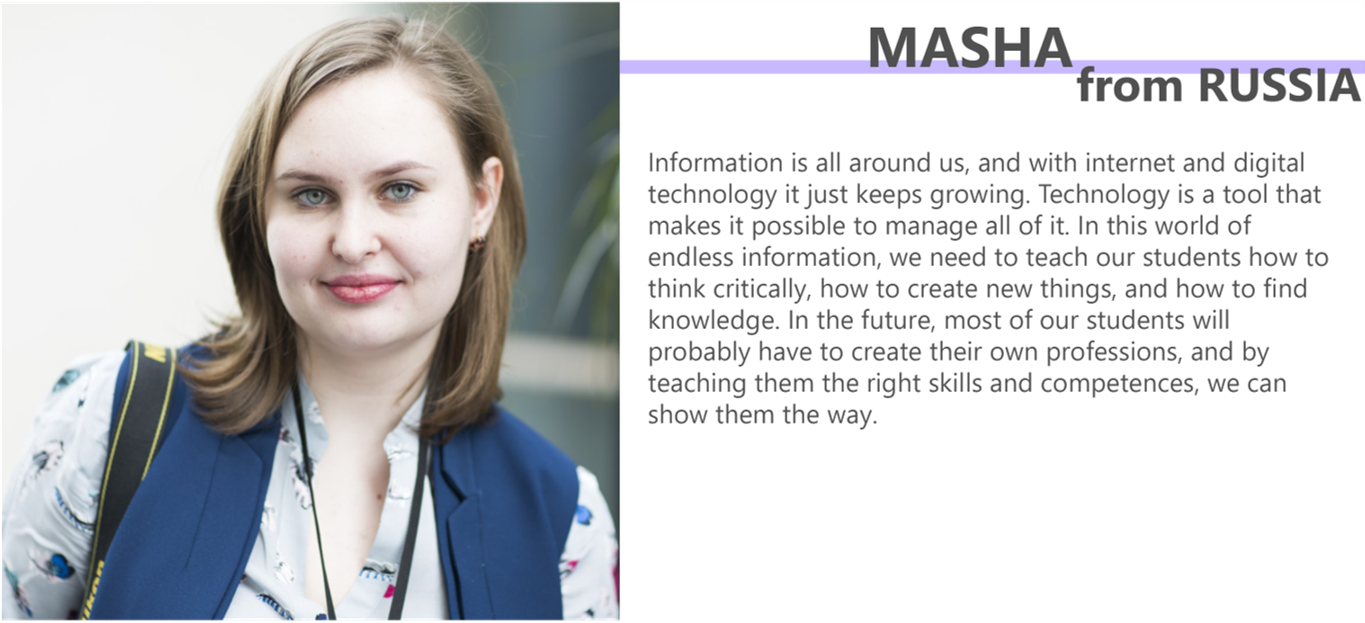
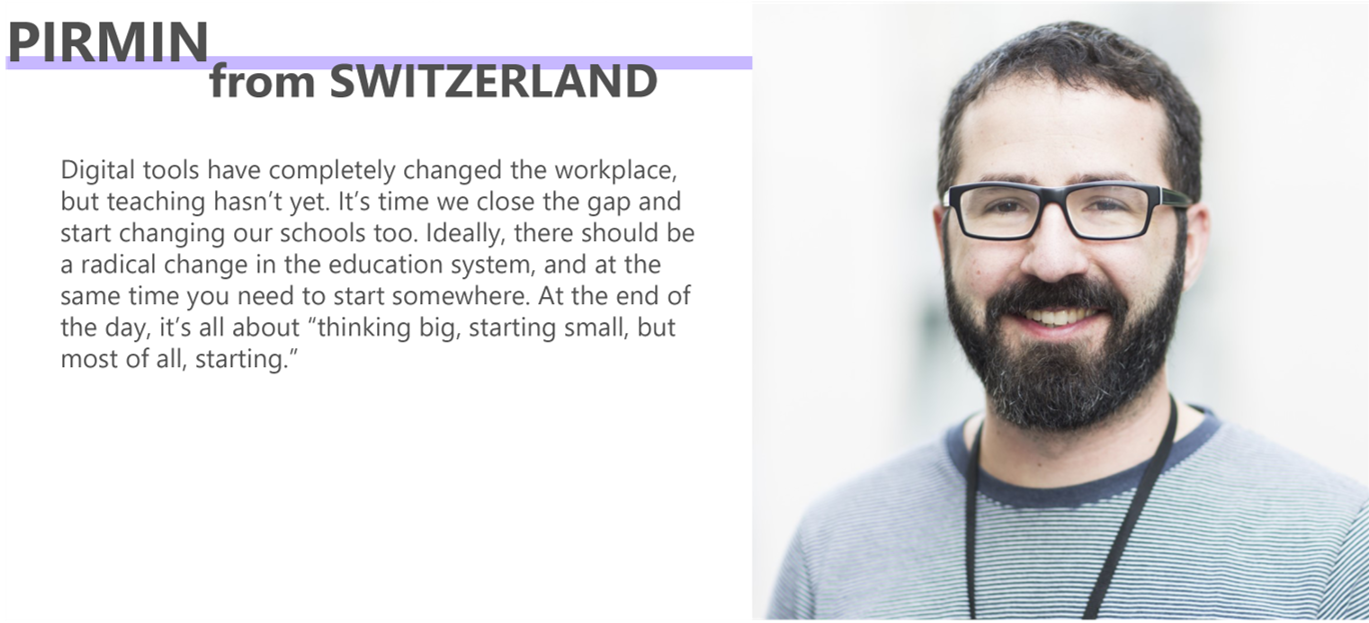
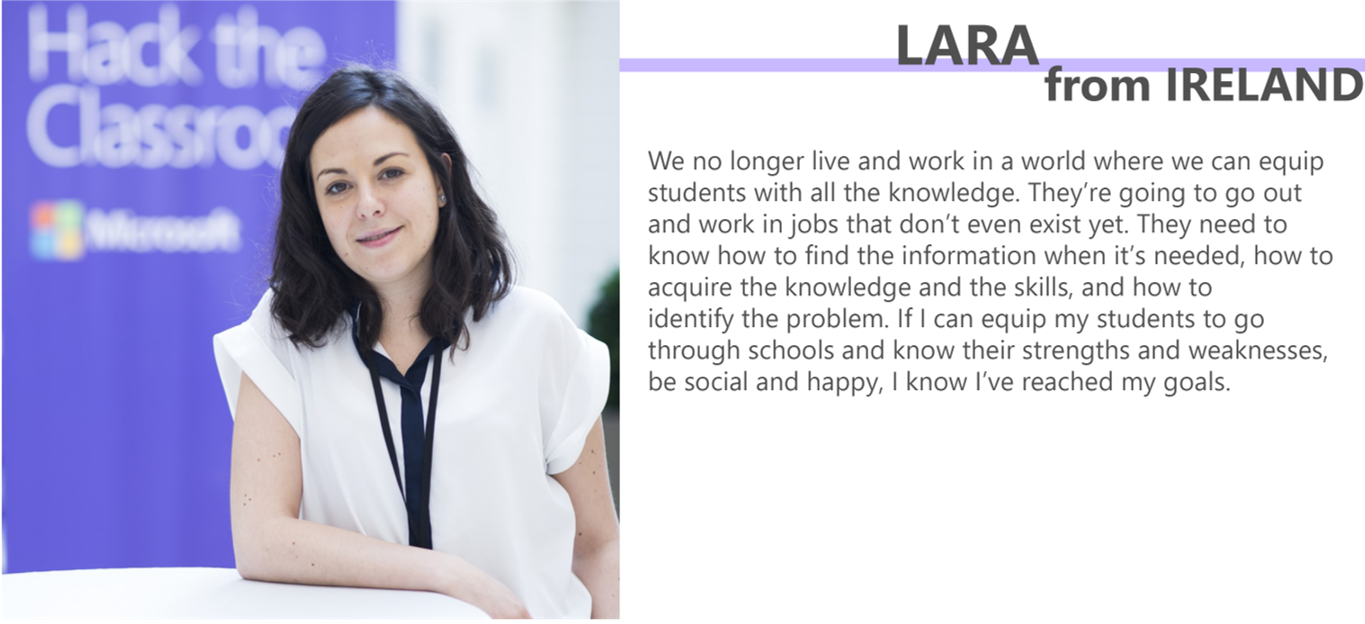
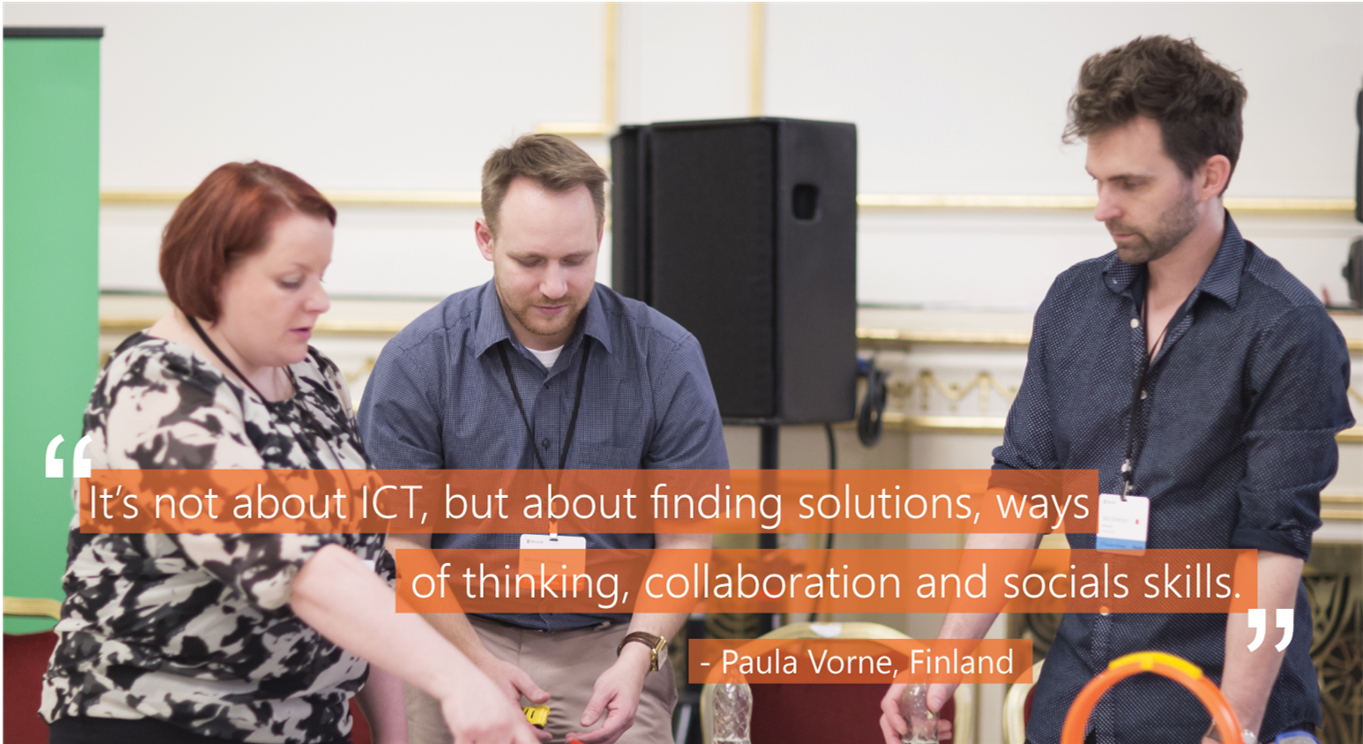
HOW DO YOU GET STARTED?
At Microsoft, we work hand-in-hand with educators all around Europe to help address many common goals: ensuring students have the necessary skills to become tomorrow’s innovators and leaders, tackling youth unemployment, which has become a growing predicament across Europe, and sparking a greater interest in science, technology, engineering and math, in both boys and girls, as our modern workforce digitally transforms into a new era.
Together with teachers who share our passion for equal opportunities, growth and excellence, we are helping every student to make, design, invent and build the future they deserve.
Don Grantham, President, Microsoft Central and Eastern Europe (CEE)
.
As mentioned before, technology is slowly breaking down school walls and changing the way our children experience learning. Classrooms are flipped around, fieldtrips are uploaded to the web, and teaching experiences are shared on global level. But at the end of the day, it falls on our teachers’ desks to make the change. Where do you start?





